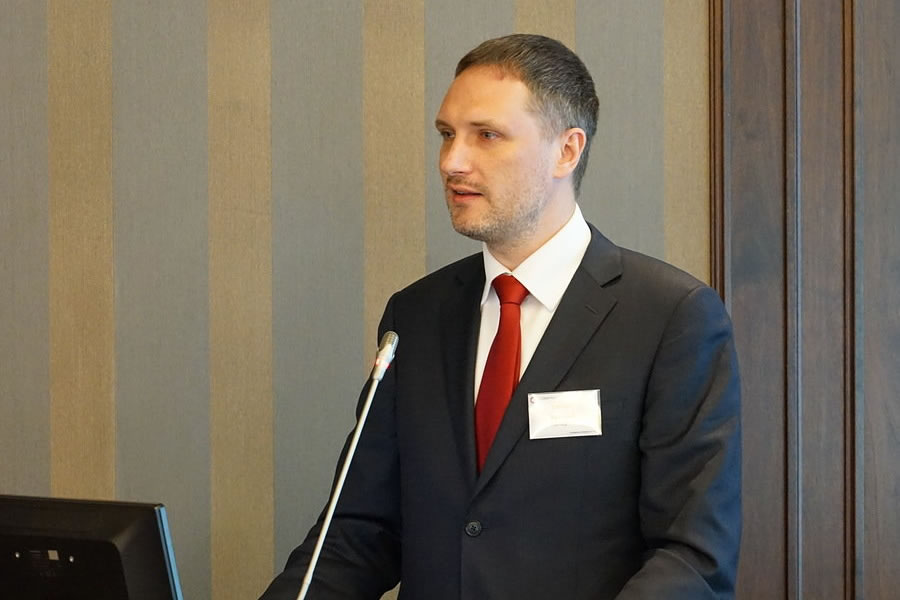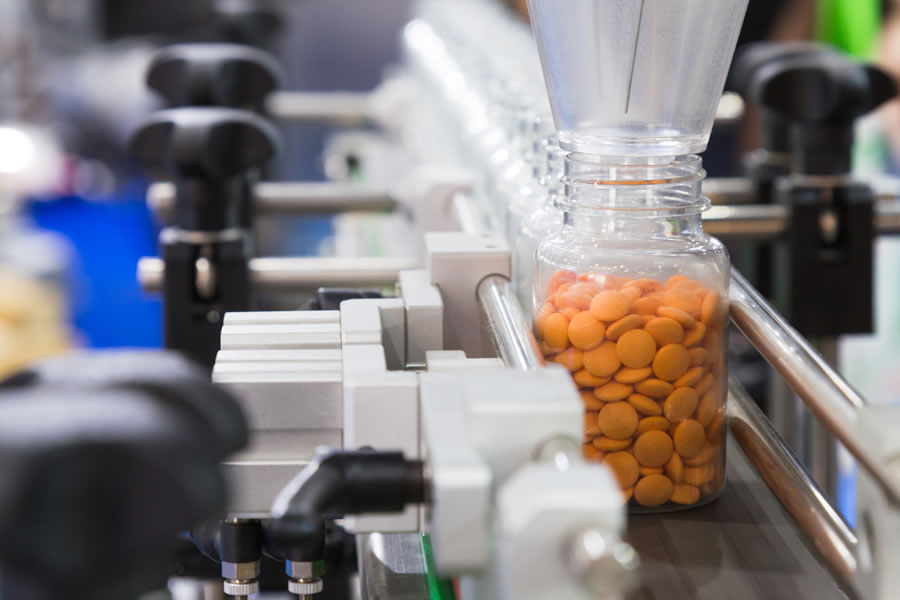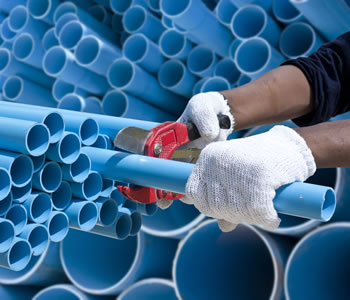To the reader
Vasiliy Nomokonov, SIBUR’s Management Board member and Executive Director, takes a focus on innovations, Industry 4.0, electronic document flow, polymer recycling and useful new features of this client publication.
New reality
Digital Transformation, SIBUR’s project aimed at preparing for the fourth industrial revolution, keeps updating the Company’s portfolio of innovative technology ranging from big data to augmented reality (AR) glasses.
ZapSibNeftekhim goes regional
SIBUR held round tables on ZapSibNeftekhim pre-marketing with consumers.
TPE for the future
SIBUR’s Voronezh site to boost the output of thermoplastic elastomers.
Life in plastic
SIBUR helps shoot a documentary for Channel One.
Phthalate-free is the trend
Sustainable development is moving to the forefront of the petrochemicals market.
Petrochemical modelling
SIBUR has set up a Technological Modelling Centre (TMC) at NIOST, its R&D division in Tomsk.
Webinars for Clients
SIBUR launches educational webinars for clients.
Packaging industry trends
SIBUR stays true to the tradition by participating in the largest packaging industry event.
Innovations and bitumen
SIBUR tests a new cooperation model as its Voronezh site welcomes a joint R&D to R&D session with Rosneft Bitumen.
Best Service
SIBUR wins Best Service award among Coca-Cola HBC Russia suppliers.
Processing PET: what’s new?
SIBUR and Alfatechform have held a training workshop on recycling polyethylene terephthalate (PET).
Authorised supplier
Gexa Non-Woven Fabrics representatives visited SIBUR’s site in Tomsk.
SIBUR and BASF
SIBUR and BASF have created a special committee to coordinate joint projects.
E-workflow: quicker than paper
SIBUR continues transferring its Customer-related operations to electronic workflow.
Polymer banknotes
Why are polymer banknotes better than paper money.
Polymers in healthcare
SIBUR presented its new polypropylene brand for medical packaging, and a number of solutions for syringes production.
Polymer recycling
Russia begins transition to responsible recycling of polymers.
The future of PEX
Range of PEX pipes applications.
Ethane revolution
The vast amount of "wet" natural gas in the shale rocks of Appalachia needs a market.
We Do Have the Capacities
Sergey Kolesnikov, President of TECHNONICOL, sheds some light on the company’s strategy in 2018.
Effective intelligence
Agile leadership and AI both depend on a willingness to be more flexible and adaptive.
Digitizing dairy in China
The Chinese company’s CEO shares insights about the digitalisation of the Chinese dairy industry.
“There are plenty of things to package”
Vladimir Rush, CEO of PolyER, talks about high-speed production lines, intuition and interesting ways to use plastic containers.
Polymers in the UK market
Stephen Harpham, business manager, talks about the business of Plasfilms, one of the leaders in the UK polymer and packaging film market.
TOP MANAGERS TAKING QUESTIONS
In the Q&As section, our top managers answer the most interesting and relevant questions from our clients sent to dearcustomer@sibur.ru
Place of power
Maria Borisova, Marketing and Sales Director, BIAXPLEN, speaks about freedom, imperfection and her engineering hobby.
“A manager must help employees develop their skills”
Dmitry Konov shared his thoughts on the challenges faced by managers.
TOP MANAGERS TAKING QUESTIONS
In the Q&As section, our top managers answer the most interesting and relevant questions from our clients sent to dearcustomer@sibur.ru.









